GGBA and local ballot measures
Golden Gate Bird Alliance encourages San Francisco voters to approve Measure B, the $196 million parks bond that will be on the November ballot.
We reviewed arguments both for and against the Parks Bond. Some of our allies make strong cases for opposing the bond, based on the S.F. Recreation and Parks Department’s poor track record on issues important to local wildlife.
However, on balance we feel that the bond provides much-needed funding for city parks and for wildlife habitat — including $6.5 million for natural areas in Golden Gate Park, $2 million for Lake Merced, $4 million for trails, and $35 million for waterfront parks at the Port of San Francisco.
San Francisco’s parks badly need improvement and maintenance. If this measure fails, there won’t be another opportunity to fund parks for a number of years. So we are supporting the bond measure — and then we will keep a close eye on how Rec & Parks spends the money, to make sure that wildlife and habitat get their fair share.
You can read the text of Measure B here, or view arguments for and against it in the ballot pamphlet here.
Other Ballot Measures
As a 501c3 nonprofit organization, Golden Gate Bird Alliance can not endorse political candidates. As a local Audubon chapter, we do most of our advocacy on Bay Area issues. So when election time comes around, our focus is on local issues and ballot measures.
In addition to the San Francisco parks bond, our Conservation Committees and Board of Directors reviewed two other local ballot measures. We decided to take a neutral position on both of them:
Oakland Zoo Parcel Tax: Oakland voters are considering Measure A1, a parcel tax that will generate $6 million per year for 20 years. While critics say the zoo is expanding too aggressively into Knowland Park, which contains sensitive habitat, zoo officials say the parcel tax money will not be used for that expansion and will improve animal care and nature education. GGBA takes a neutral position.
You can read the text of Measure A1 and pro and con arguments here.
Berkeley Measure T: Berkeley voters are being asked to provide $30 million for improvements in West Berkeley and adjust the zoning to allow for more development. We opted to stay neutral because the activities that would directly affect Aquatic Park, a local important bird area, have been tabled for decision in early 2013.…









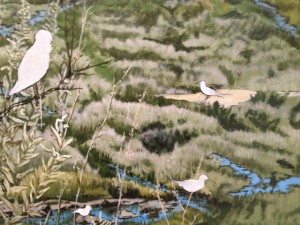
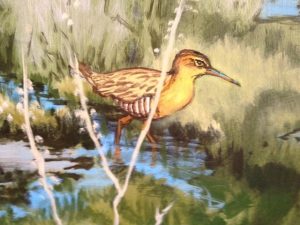
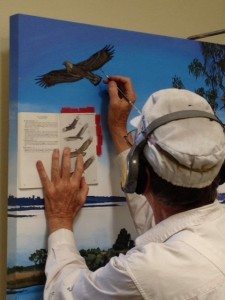
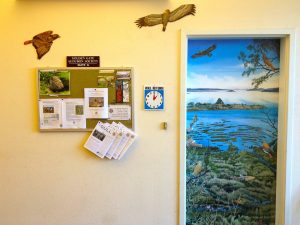
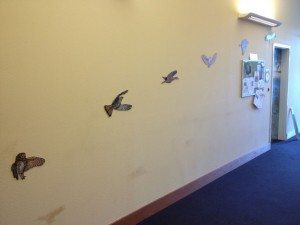


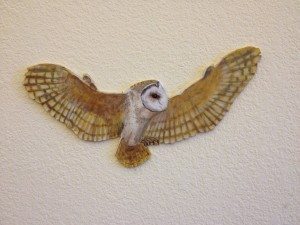







![Least Bell's at nest_FWS_Moose Peterson[16]](https://goldengatebirdalliance.org/wp-content/uploads/Least-Bells-at-nest_FWS_Moose-Peterson16-300x300.jpg)
